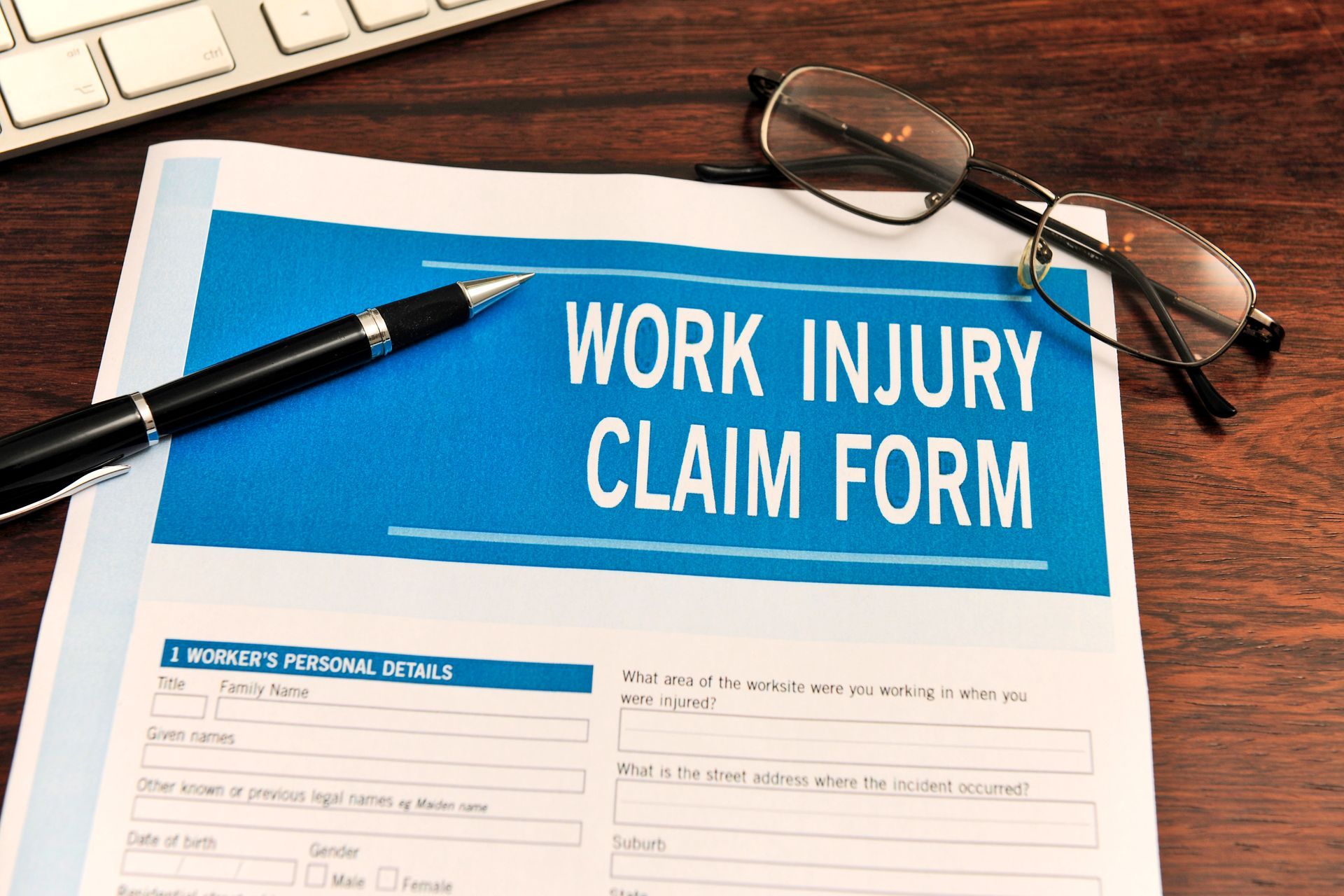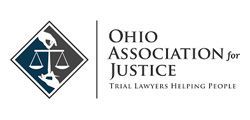October 1, 2025
Workers compensation is a pivotal aspect of the employment landscape, providing essential support to employees who suffer injuries or illnesses due to their work. It serves as both a safeguard for workers and a mechanism for employers to manage risks associated with workplace accidents. Understanding compensation is essential for employees, as knowing their rights and the benefits available can significantly affect their recovery and financial stability. According to WiFi Talents, the U.S. workers compensation system covers approximately 130 million workers nationwide. This article delves into the intricacies of compensation, ensuring that employees are armed with the knowledge they need in the event of a workplace injury.
The Understanding of Compensation
Definition and Purpose
Compensation is a form of insurance providing wage replacement and medical benefits to employees injured in the course of employment. Its primary purpose is to ensure that employees who are injured at the workplace receive adequate compensation without the need for legal action. This system benefits employers by providing a no-fault mechanism that limits costly lawsuits while creating stability in handling workplace injuries. By compensating workers promptly, workers compensation aims to support injured employees’ recovery while minimizing financial hardship and maintaining financial security.
Historical Background
The concept of workers compensation dates back to ancient civilizations, but the modern system began taking shape in Europe during the late nineteenth century. The United States adopted initial compensation laws in the early twentieth century, inspired by European models. One notable milestone was the enactment of compensation laws in Germany in 1884, which influenced many countries to follow suit. By 1949, all U.S. states had enacted some form of compensation legislation, paving the way for the comprehensive system we have today. Over the years, these laws have evolved to better protect workers and address the complexities of modern workplaces.
The Eligibility Criteria of Workers Compensation
Employment Status
Employment status plays a crucial role in determining eligibility for compensation. Generally, only employees, not independent contractors, are eligible for benefits. The distinction between employee and contractor can be nuanced, typically influenced by the degree of control an employer has over the worker's duties. Misclassification of workers is a common issue that can unfairly limit access to compensation benefits. Employees should be aware of their classification to ensure proper coverage under the law.
Types of Injuries Covered
Compensation covers a wide range of injuries and illnesses that are work-related. This includes acute injuries such as fractures or lacerations, as well as chronic conditions like repetitive strain injuries or occupational diseases. Psychological conditions triggered by work events, such as stress or PTSD, may also be covered if directly tied to employment duties. The broad scope of compensation underscores the system’s aim to support employees affected by their occupational environment. Accurate documentation of injuries is critical for claiming these benefits.
The Benefits of Workers Compensation
Medical Benefits
Medical benefits under compensation are designed to cover necessary treatments for work-related injuries or illnesses. This includes hospital stays, surgeries, medications, and any required rehabilitation services. Workers compensation ensures that employees receive timely and appropriate medical care without facing out-of-pocket expenses. Employers often have preferred provider networks from which employees should seek treatment, subject to state regulations. Maintaining consistent medical records is essential for ongoing eligibility.
Wage Replacement
Wage replacement benefits compensate for lost income incurred during recovery from a work-related injury. Typically, these benefits equate to a percentage of the worker's average weekly wages, subject to state maximums. These benefits are vital in maintaining financial stability for employees unable to earn during their recovery period. Proper reporting and documentation of lost workdays are essential for ensuring accurate compensation under compensation.
Rehabilitation Services
Rehabilitation services are an integral part of compensation, promoting a return to work for injured employees. These services encompass physical therapy, occupational therapy, and vocational training to address both physical and occupational impairments. By focusing on restoring function and adapting to new work conditions, rehabilitation helps facilitate successful reintegration into the workforce. Employers and insurance providers typically coordinate these services as part of a comprehensive recovery plan. Active participation by employees is essential to achieve optimal results.
The Process of Filing a Compensation Claim
Initial Steps
After a workplace injury, employees should immediately report the incident to their employer. Prompt notification initiates the essential documentation and medical assessment processes required for a compensation claim. Employees must provide a detailed account of the incident, including time, location, and circumstances, to ensure accurate reporting. Cooperation with the employer and adherence to state-specific reporting deadlines are crucial for claim viability. Early action ensures timely access to the required benefits.
Documentation Needed
Filing a compensation claim necessitates submitting documents that substantiate the injury and its work-related nature. Key documentation includes incident reports, medical evaluations, and relevant work records. Accurate, comprehensive documentation supports the claim by providing evidence of the injury's cause and extent. Retaining copies of all correspondence and reports is important for facilitating future appeals or clarifications. Proper documentation is pivotal for a successful resolution under compensation.
The Challenges of Workers Compensation
Delays in Processing
Delays in processing compensation claims are a common challenge, often arising from incomplete documentation or lengthy medical evaluations. Proactively addressing potential delays by ensuring comprehensive, timely, and consistent information can mitigate issues. Regular communication with insurance providers and employers about claim status helps identify and resolve bottlenecks swiftly. Utilizing claim management systems or legal assistance can further reduce the impact of delays, supporting smoother claims resolution.
Disputed Claims
Disputed claims occur when insurers or employers challenge the validity or extent of a compensation claim. These disputes may result from insufficient evidence, discrepancies in injury reporting, or disagreements over medical evaluations. To navigate disputed claims, securing legal counsel specializing in compensation can be highly beneficial. Gathering robust evidence and presenting it clearly during hearings or mediation is essential. Employees should stay informed of their rights and procedural options to contest disputes effectively.
The Safety of Workplace Environment
Employee Training Programs
Employee training programs are critical in minimizing work-related injuries by equipping individuals with necessary safety knowledge. These programs teach hazard recognition, proper equipment use, and emergency response, fostering a safety-oriented workplace culture. Regular and updated training sessions ensure competency in safety practices, particularly in dynamic or high-risk environments. Engaging employees in safety drills further reinforces practical application and effective safety behaviors.
Safety Regulations and Compliance
Safety regulations serve as foundational principles to ensure worker safety across industries. Employers must adhere to federal and state-specific Occupational Safety and Health Administration (OSHA) guidelines. Compliance initiatives emphasize hazard mitigation, safety audits, and preparedness planning tailored to organizational needs. Robust compliance not only minimizes workplace injury risks but also shields employers from regulatory penalties. Educating employees about safety regulations reinforces accountability and shared responsibility in maintaining a safe work environment.
Workers compensation plays a crucial role in protecting employee well-being and guiding workplace injury recovery with confidence. By understanding the processes, benefits, and safeguards of compensation, employees can better secure their health and financial stability. Promoting a culture of safety and staying informed about rights fosters a respectful and secure work environment. For guidance on compensation and related benefits, learn more from the team at Marshall Grinder Debski Pitts, where we are committed to supporting our clients through every step of the compensation process.








